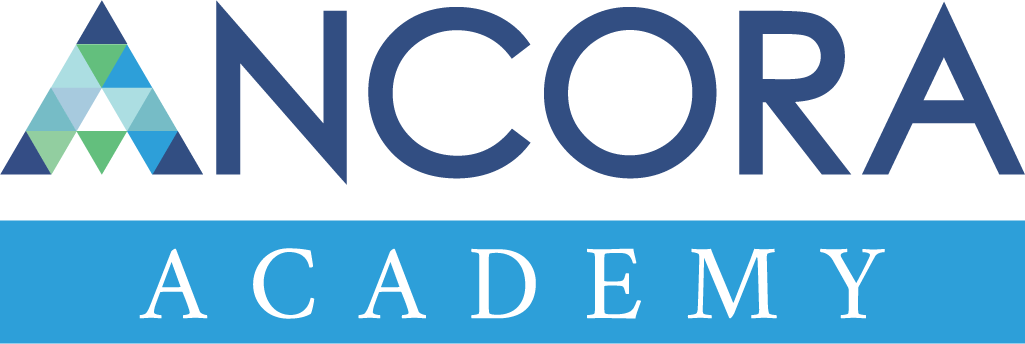Build Web Development Skills for Career Growth
Has your career become stagnant? Without the right skills, breaking into web development feels impossible. Learn the ropes and watch your career escalate to new heights!
Xxxxxxx Xxxxxxxxxxxx xxxxxxxxxxxxxxxxxxxxxxxxx Xxxxxxxxxxx Xxxxxxxxxxxxxxxxxxx Xxxxxxx Xx
Design Your Web Development Learning Track
Practice your coding skills in interactive Code Labs, a non-production environment. Break things, fix them, and learn by doing.
Learn popular programming languages such as Python, JavaScript, HTML/CSS, and more.
Develop Core Skills in Front-End, Back-End, and Full-Stack Development.






Xxxxxxx xxxx xxx xxxxxx xxxxxxxx xxxxxxxx xxxx xxxxxxxx xxxx xxxxxx xxx xxx xxxxxxxxx xxxxxx xxxxx xxxxxxxxxxxxxxxxxxxxxxxx xxxxxxxxxxxxxxx
xXxx xxxxxxx xxx xxxxxxxxxx x xxxxxxxxx xxx xxxx xxxxxx Xxx xxx xxxxx xxxx xx xxxx xxx xxxxxx
Xxx Xxxxxx xx Web Development?
$74K - $122K/yr
xxxxx xxxxxxxxxxxxxxxxxxxxxXxxxxxxxxxx Xxxxxxxxxxxxxxx Xxxxxx Xxx
Xxxxxx xxxx xxxx xxxx xxxxxxxxxx xxxxxxxxx xxxxxxxxxxx xxxxxxx x xxxx xxxxx
xXxxxxxx Xxxxxxxx xxxxx xxxxxxxxxxxxxxxxxxxxxXxx Xxxxxxxxxxxxxxx
Xxxxxxxx Xxxx Xxx
Web Development Xxxx
Xxxxxxxx Xxxxxxxxxxxx
XxxxxxXx Xxxxxxx
Xxxxx Xxxxxxxxx
Xxxxxxxxx
To become a successful web developer, include the following steps into your checklist:
- Learn the Basics: Start with HTML, CSS, and JavaScript.
- Choose a Specialization: Frontend, backend, or full-stack development.
- Gain Hands-on Experience: Build projects, contribute to open source, or freelance.
- Learn Frameworks & Tools: Explore React, Angular, Node.js, Git, and databases.
- Take Online Courses or Bootcamps: uCertify’s hands-on courses offer an interactive learning environment, focusing on the “Learn by Doing” approach.
- Develop a Portfolio: Showcase your projects and skills.
- Get Certified (Optional): Certifications like AWS, Google, or Microsoft can boost credibility.
- Apply for Jobs or Internships: Gain real-world experience.
- Stay Updated: Follow industry trends and keep learning new technologies.
You can follow these steps to build a portfolio:
- Start by creating a personal website (your first project!).
- Add projects you’ve built, even if they’re small.
- Include a description of each project, the tools you used, and what you learned.
- Host your projects on GitHub or platforms like Netlify to share them easily.







































